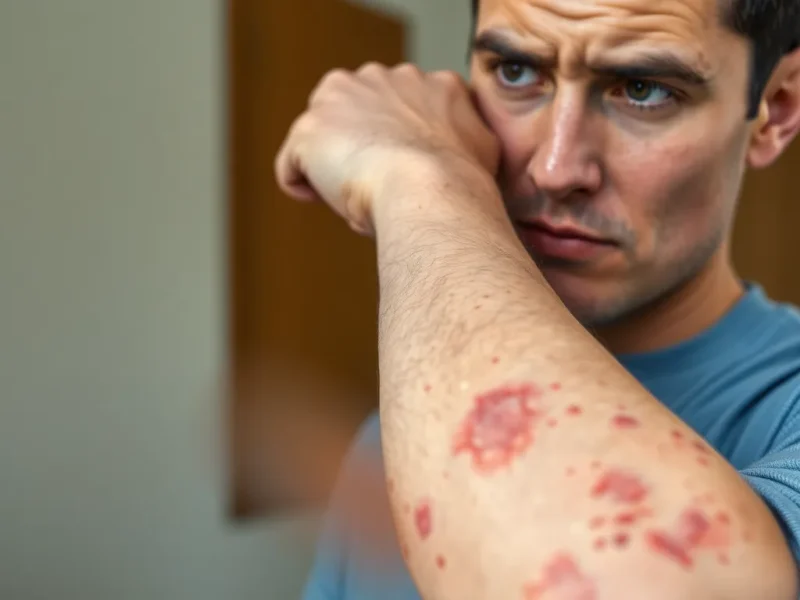Imagine waking up one morning, glancing in the mirror, and realizing your skin has decided to throw a surprise party for irritation. Welcome to the world of dermitisia, where your skin can be as unpredictable as a cat on a hot tin roof. This condition might sound like a fancy dish at a five-star restaurant, but it’s more like that uninvited guest who overstays their welcome. Dermitisia can leave you scratching your head—and maybe even your skin—wondering what went wrong. From rashes to redness, it can turn the simplest of days into a quest for relief. But fear not! Understanding this quirky skin condition is the first step toward reclaiming that radiant glow. Let’s dive into the ins and outs of dermitisia and discover how to manage it with confidence and a dash of humor.
Dermitisia
Dermitisia represents a skin condition that manifests through rashes and redness. Symptoms can vary in intensity, making each experience unpredictable. Many individuals experience discomfort, leading to a significant impact on daily routines. Treatment options exist to alleviate symptoms and manage flare-ups. Triggers of dermitisia often include environmental factors such as allergens and irritants. Some people notice that specific fabrics or skincare products exacerbate their condition. Avoiding harsh chemicals and known allergens can reduce the likelihood of irritation. Consulting a dermatologist remains crucial for effective management. A healthcare professional can provide insights into suitable treatments tailored to individual needs. Prescription medications may offer relief and help restore skin health. Lifestyle adjustments, including diet and stress management techniques, also play a role in mitigating symptoms. Understanding dermitisia helps individuals make informed decisions. Recognizing personal triggers aids in crafting an effective management plan. Joining support groups can foster community understanding and shared experiences, which may offer newfound strategies for coping. Awareness of dermitisia’s nature encourages proactive approaches to skin health. Practicing consistent skincare routines forms the foundation of management. Prioritizing knowledge about the condition allows individuals to navigate its challenges effectively.Causes of Dermitisia











